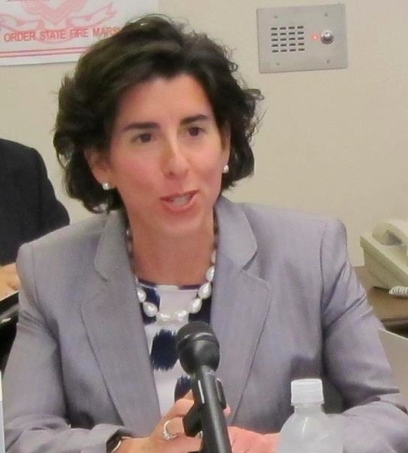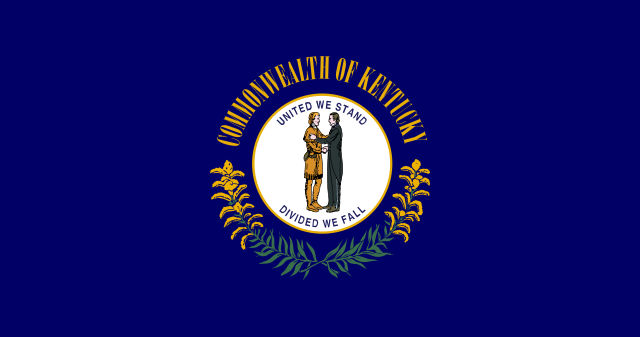Rhode Island Governor-elect Gina Raimondo said last week that one of her top priorities was reaching a settlement with workers in the long-running lawsuit against the state’s 2011 pension reforms.
The Providence Journal opines that a settlement would be ideal for everyone – if the law’s savings are kept intact. From the Providence Journal:
State leaders — led by Governor-elect Gina Raimondo — are again eyeing a possible settlement with the unions that are challenging the 2011 overhaul in court. The state’s goal, presumably, is to retain the bulk of the savings created by the overhaul and avoid the risk of losing — an outcome that could cost taxpayers hundreds of millions of dollars that they cannot afford.
That goal is a good one, as long as the bulk of the overhaul savings is retained. Even with those savings, the state’s public pension costs are high, and those tax dollars pay for retirement plans that are often far more generous than those in the private sector.
There is also the issue of uncertainty. The projection that the taxpayer contribution rate will slowly nudge downward assumes that the state’s $8 billion pension portfolio will meet its annual investment goal of 7.5 percent. If that goal is reached or exceeded, all well and good. But if the investment returns fall short, the cost to taxpayers could rise.
The idea of reaching a settlement also raises logistical concerns. There are more than two dozen communities enrolled in the state-run Municipal Employees Retirement System, which will be impacted by the outcome of the pension lawsuit. Naturally, most if not all of these municipalities will want to have a say in any negotiated settlement.
If a settlement is reached, it could look a lot like the one that was almost accepted in 2014. In that deal, 95 percent of the state’s savings were retained. In exchange, pension increases were given to retirees and some employees.
But that deal fell through when one retiree group rejected it.
Photo by By Jim Jones (Own work) [CC BY-SA 3.0 (http://creativecommons.org/licenses/by-sa/3.0)], via Wikimedia Commons


